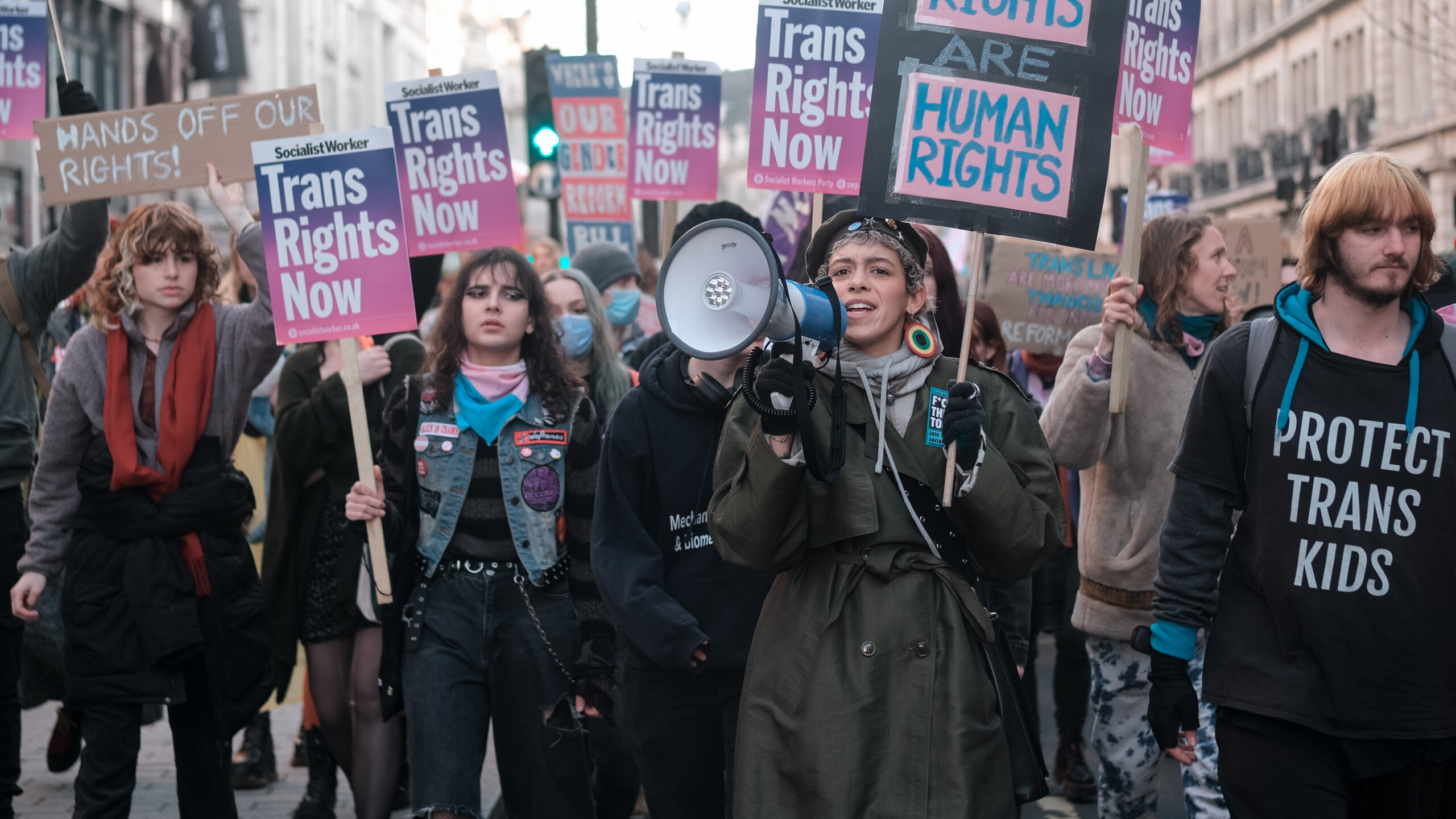Transgender-questioning youth in Aotearoa will now be denied access to the “pause button” of puberty blockers – denied the option to delay their puberty by a few years while they come to grips with an overwhelming mix of reflecting on their personal identity, determining what self-expression works for them, dealing with social expectations, and trying to keep themselves safe from societal threats. New Zealand’s minister of health-only-for-rich-conservatives, Simeon Brown, says:
Cabinet has agreed to introduce new safeguards on the prescribing of gonadotropin-releasing hormone analogues, while ensuring patients with medical needs can continue to access appropriate care.
[…]
The Ministry of Health’s evidence brief found that there is a lack of high-quality evidence that demonstrates the benefits or risks of the use of gonadotropin-releasing hormone analogues for the treatment of gender dysphoria or incongruence. While this uncertainty persists, the Government is taking a precautionary approach.
Those are all lovely words intended to give the impression that this government is being kind and careful. In actuality, what they’re doing is deliberately misinterpreting scientific language to achieve a desired outcome: in this case, the oppression of young transgender people. This has nothing to do with actual concern for wellbeing, medical or otherwise.
A government that cares about wellbeing would pay heed to the advice of experts such as the Professional Association for Transgender Health Aotearoa (PATHA). Dr Elizabeth McElrea, GP specialist in gender affirming care and PATHA vice president said in a 19 November press release:
The ban [on puberty blockers] will lead to a deterioration in mental health, increased risk of suicidality and increased dysphoria in gender diverse children and young people, and will put them at a higher risk of experiencing marginalisation and discrimination.
This government’s “oh but there are no high quality studies so we can’t be certain” language is copied from the UK government and from far Right lobby groups before that. These arguments take advantage of the general public’s limited understanding about what “high-quality” means in this context. In this case, “high-quality” refers to a specific way of assessing scientific evidence according to the level of “certainty” the evidence provides – it is not a holistic assessment of the value of the evidence. The “highest” quality evidence according to this approach comes from numerous randomised controlled trials each with a large number of participants. Other forms of evidence, such as observational studies or studies with a smaller number of participants, are “lower quality” according to this rubric.
In practice, the question of which types of evidence decision-makers should use is highly contextual. What’s deliberately left out of the current “debate” around these issues is that sometimes it might be practically impossible and potentially immoral to actually undertake the randomised controlled trials that build the “highest quality” of evidence. This has been pointed out in semi-humorous fashion by Smith and Pell (2003) in the BMJ (a well-respected medical journal), who undertook a “systematic review” of the high-quality evidence for parachute use. The conclusion:
As with many interventions intended to prevent ill health, the effectiveness of parachutes has not been subjected to rigorous evaluation by using randomised controlled trials. Advocates of evidence based medicine have criticised the adoption of interventions evaluated by using only observational data. We think that everyone might benefit if the most radical protagonists of evidence based medicine organised and participated in a double blind, randomised, placebo controlled, crossover trial of the parachute.
Sometimes the benefits of a treatment might be so well supported by expert opinion that it would be immoral to randomise people to not receive that treatment – just as it would be immoral to study the effect of withholding parachutes in a fall from a great height.
There is a similarly tongue-in-cheek yet insightful and relevant follow-up to that 2003 systematic review of parachute use. Yeh et al. (2018) published in the BMJ a randomised controlled trial that on face value technically met the requirements of “high quality evidence”, yet which was set up in such a way as to actually be clinically irrelevant. The conclusion:
Parachute use did not reduce death or major traumatic injury when jumping from aircraft in the first randomized evaluation of this intervention. However, the trial was only able to enroll participants on small stationary aircraft on the ground, suggesting cautious extrapolation to high altitude jumps. When beliefs regarding the effectiveness of an intervention exist in the community, randomized trials might selectively enroll individuals with a lower perceived likelihood of benefit, thus diminishing the applicability of the results to clinical practice.
These studies highlight the need to exercise caution in how the label of “high quality” is interpreted. It is also important to keep in mind that the scope of research on trans healthcare for minors is necessarily limited because of the relatively small number of young people receiving this care, and because this is an area of study that has not, historically, been well resourced. It’s very likely that, if the current Right wing deathgrip on healthcare is allowed to continue, people like Simeon Brown will do their best to delay the commencement of the research that he publicly claims is so necessary. Even if sufficient pressure builds for such research to be green-lit, there remains potential for Brown and his ilk to use political pressure to bias this research, as well as to misrepresent the research results. We absolutely should support scientific research of the highest quality achievable within ethical and culturally sensitive frameworks. But we absolutely shouldn’t buy the tired bullshit the Right is trying to feed us that the research to date is insufficient to provide care. Puberty blockers must be made available now.









